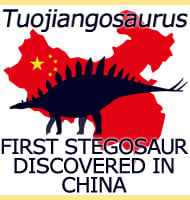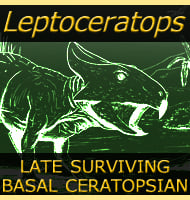Morelladon
In Depth First discovered in 2013, and named in 2015, Morelladon made headlines towards the end of 2015 as a rare example of a sailbacked dinosaur. Though dubbed a sailback, this sail was likely more like a hump as the neural spines of the vertebrae that supported it were very robust. These are way beyond … Read more

